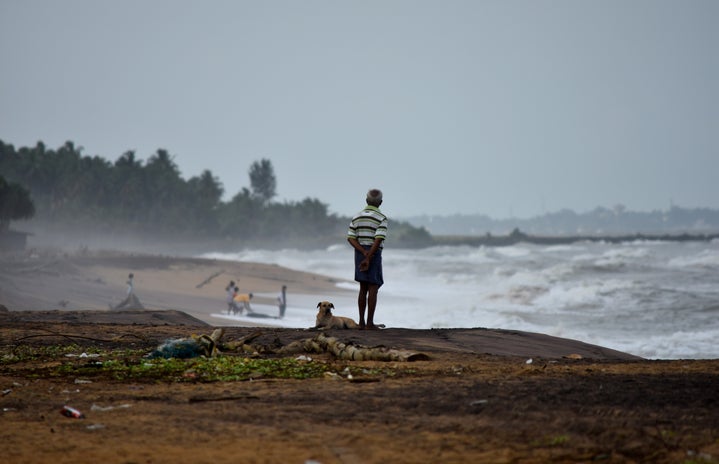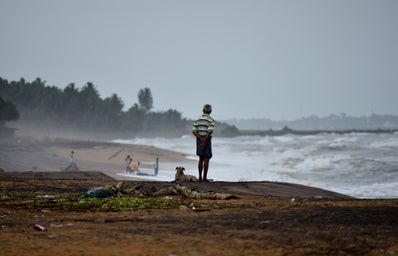On Sunday, Sept. 18, the roaring clouds of category four Hurricane Fiona rolled across the southwestern coast of Puerto Rico. The storm brought 100-mile-an-hour winds and up to 30 inches of rain to parts of the island. South and central mountain regions of the territory were most battered by the extreme weather, triggering flash flooding and landslides, leaving an estimated 1.5 million people without electricity.
The path of Fiona, as of Sept. 25, has passed through the Atlantic Ocean and the Caribbean. After hitting Puerto Rico and the Dominican Republic, the storm continued its course toward the Atlantic coasts of Canada, where it hit Nova Scotia.
In Puerto Rico, as searches progress, at least four people were killed in the midst of what Governor Pedro Pierluisi called the storm’s “catastrophic” destruction. As areas of the island become more accessible, more knowledge of its current state is being reported.
The abundant amount of rain and high winds proved too much for the US Territory’s susceptible power grid. However, reports say that the system failed before the storm even touched down Sunday. This system, which had still been in the process of modernizing and being rebuilt since the devastating Maria in 2017, was not equipped for such an event to occur.
The grid is largely owned by the Puerto Rico Electric Power Authority (PREPA). In 2021, power provider LUMA Energy took over operations. Puerto Rico’s grid has long been criticized as unreliable, but residents have complained that outages have become more frequent in the past year. Back in July, protests took place in the city of San Juan in regard to higher rates and continuous power outage occurrences.
After Hurricane Maria in 2017, many residents were left for months without power. Some relied on solar power and generators, but others were not afforded this luxury. The large wealth gap present in Puerto Rico has multiple implications moving forward. Without electrical power, water services are lost, and the lack of clean water can give way to a whole new wave of crises.
The White House announced on Wednesday that President Joe Biden has approved Puerto Rico’s federal disaster declaration. This gave access to the Federal Emergency Management Agency (FEMA) and initiated wide-scale search and rescue, as well as working to reassemble power systems in the territory.
Top FEMA officials say the agency is far better prepared than in 2017. “We are much better positioned today than we were before Maria,” said Keith Turi, FEMA’s assistant administrator for recovery. Fiona is not projected to reach the scale or intensity of Maria.
Roughly 300,000 customers — about 19 percent of households and businesses in Puerto Rico — had gotten power back as of Tuesday, Sept. 20, according to LUMA. Efforts are underway in all sectors to get Puerto Rico back to normalcy and support the communities affected in every way possible.
If you are interested in helping provide relief, many organizations are asking for assistance to aid the people of Puerto Rico. Some programs include the Global Gifting Hurricane Fiona Relief Fund, Brigada Solidaria del Oeste multi-aid group, Taller Salud and The Hispanic Federation.
Want to see more HCFSU? Be sure to like us on Facebook and follow us on Instagram, Twitter, TikTok, YouTube and Pinterest!


